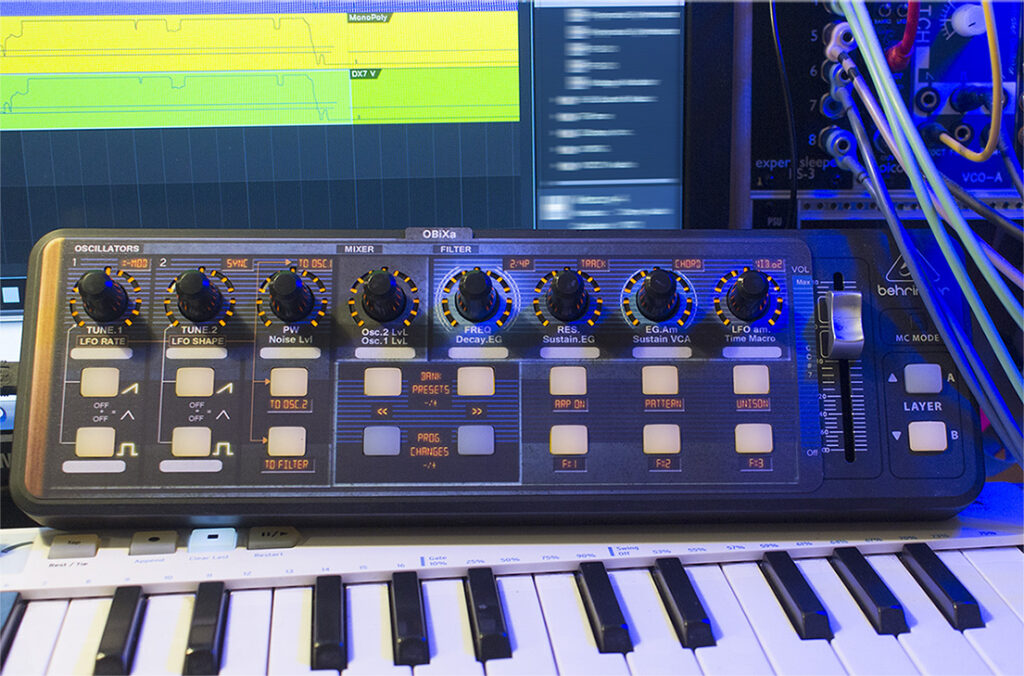Add Your Heading Text Here
.The print is made of pigments and polymere (ie, toner) which are “cooked” (melted) with a LED printer into a thin paper core. It become like a first coating of thin plastic (5 microns). Eventhough this printing technique is not “industrial” (not “UV printing”), it is much faster and much cheaper, with generally better colors and print precision (600 or 1200 DPI).
..
After printing, the boards are sealed inside 2×75 microns of matte and anti-reflection lamination. Then they are cut with mechanical blades. Mechanical blades do not produce dioxines, consume significantly less electricity, don’t need watercooling or air filtering, and do not risk to burn your retina like some laser cutter do.
Everything is sourced locally in France and Europe.
..
- The paper is made in the Vosgian region in France and is ISO Certified for environmental and quality management, with a CIE of 171 (ultra-white, for vivid colors). I’ve tested many, this is the one.
- The color pigments are made in Germany with a certificate of absence of hazardous substances (mercury, cadmium, etc.) in strict compliance with the RoHS directive.
- The lamination is recyclable PET sourced in the United Kingdom (but manufactured in China).
..
All materials are recyclable in most parts of the world.
The boards are printed on both sides to ensure better flatness. It must have the same pressure and weight on both side, otherwise it can bend, which makes it impossible to use if the midi controller is not flat.
….
(**) please note that all boards will show a small gap on an xtouch mini, because the led ring is elevated by 1 mm approximately.
..
The added weight also allows to make the board hold better to the controller, because it is heavier. That’s why the B-Side of Flip-boards is not white, but needs to be printed too.
The final result is a colorful and solid board.
In the video below, notice how the boards absorbs light: you can see it when the background is wet and light is reflected. The background is made the same way as the boards (black + matte anti-refelection).
About the video, please note that liquids is generally not a good idea around studio equipment. Treat the boards like your other studio gear and it wil last for decades.




